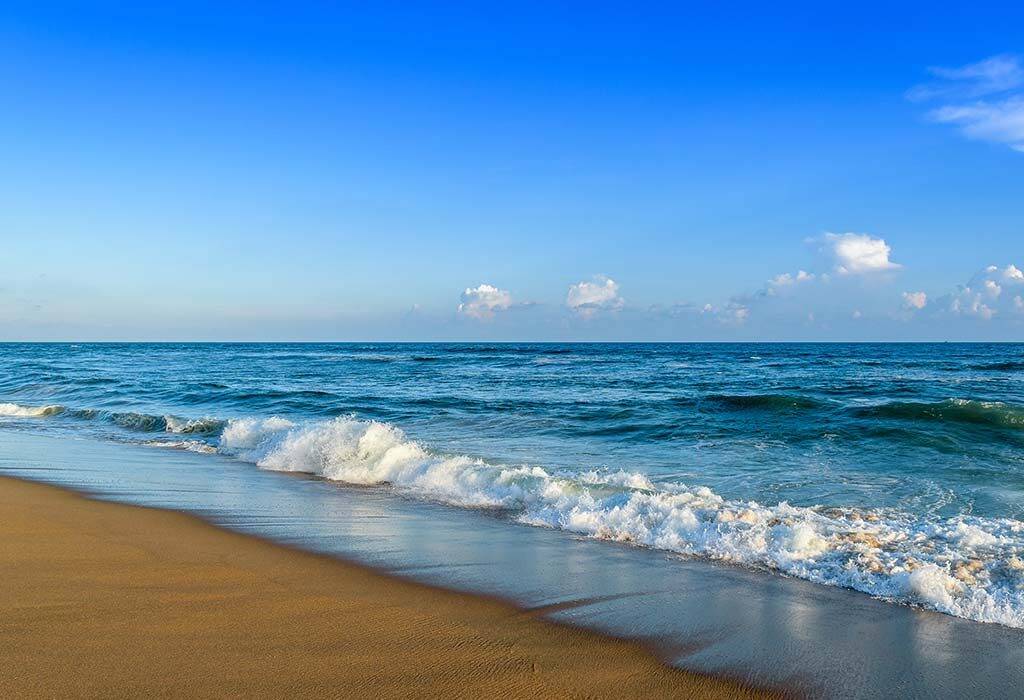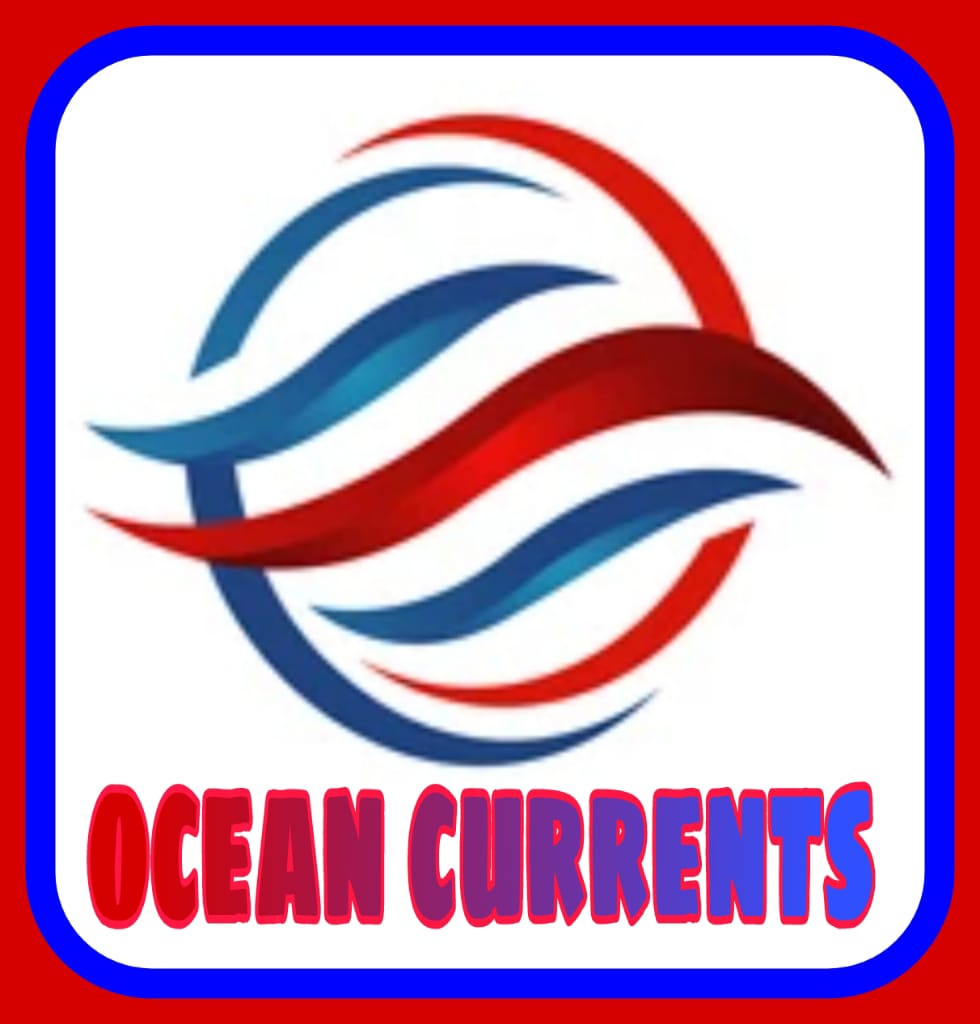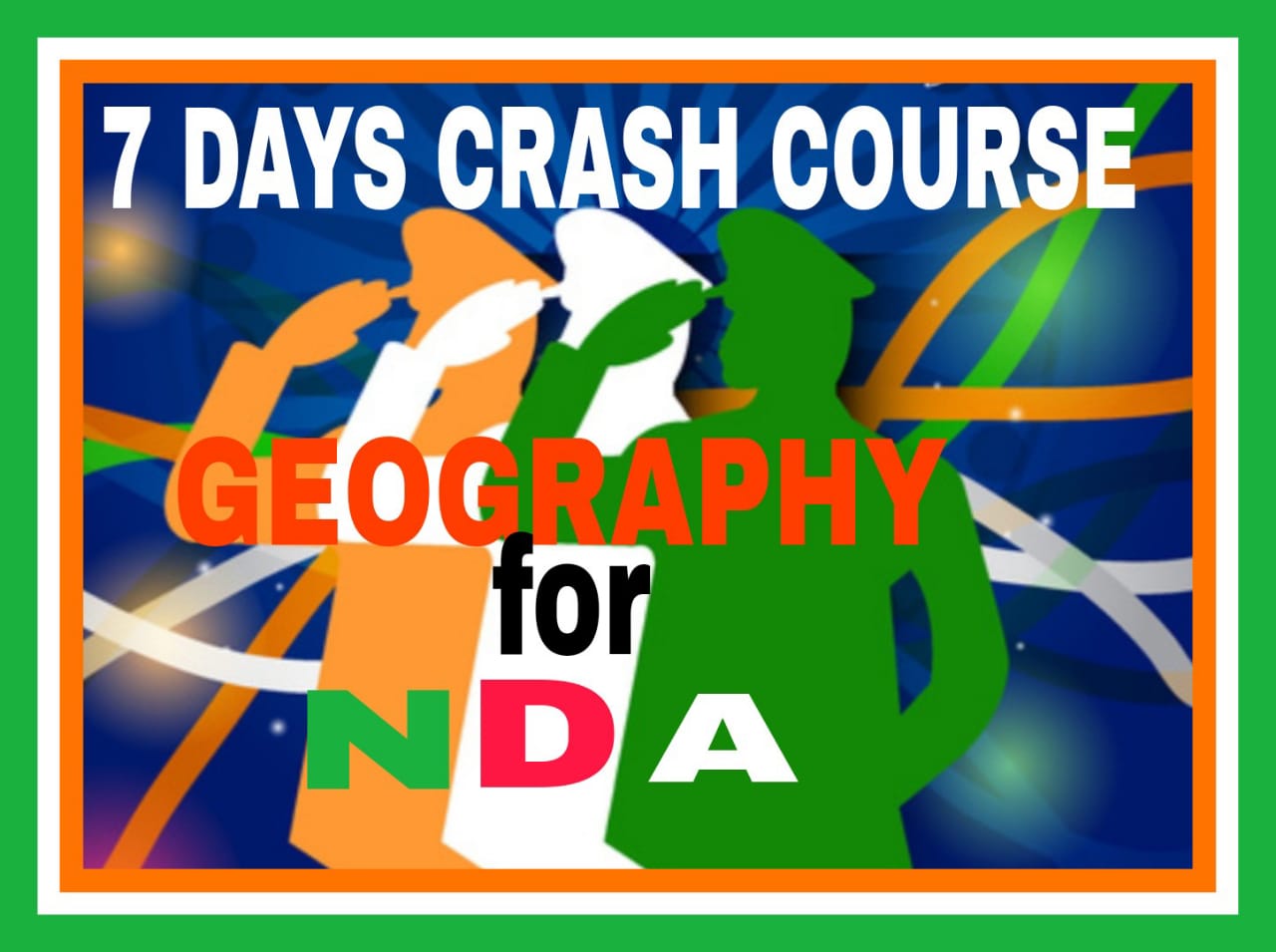Know About The Pacific and Atlantic Ocean Currents
Pacific and Atlantic Ocean are among the two largest oceans. The Pacific covers almost half of the globe. Atlantic ocean lies between North and south America on the west and Europe and Africa on the east. It is “S” shaped. Both these oceans – Pacific and Atlantic Ocean carry large volume of water. Therefore, the ocean currents both warm and cold, have far reaching effects. From refreshing the nutrients to influencing coastal climate. These ocean currents of the Pacific and Atlantic, also have the potential to affect conditions around the globe Ocean Currents: Know Everything For Competitive Exams.
Major Pacific Ocean Currents:
Ocean currents in the Pacific includes warm and cold currents.
These currents move clockwise in the Northern Hemisphere.
But, in the southern hemisphere, they move anticlockwise due to Coriolis force.
As these currents are warm and cold, they influence the climatic pattern in the coastal regions.
i) Equatorial Currents In The Pacific Ocean
Equatorial currents move parallel to the equator.
These currents start on the west coast of Central America.
Due to the movement and influence of trade winds, they traverse east to west.
As the Pacific ocean is very large,
the volume of water in the equatorial region is much larger than Atlantic ocean.
Equatorial Counter Current
Firstly, let’s understand what do you mean by counter current?
Once the Equatorial ocean currents reaches Australia and Indonesia,
they start returning back.
This is known as Equatorial Counter current.
After reaching Australia and Indonesia, the ocean water piles up in the west pacific.
This increases the sea level by few centimeters.
This creates an anticlockwise current between the North Pacific and South Pacific.
This current flow from West to East.
As all the above currents originate and flow near the equator, they are warm currents.
Kuroshio Current
The North Equatorial Current in the west Pacific under the influence of the North-east trade winds flows off the coasts of Philippines.
Here they are known as the Kuroshio current in the East China Sea.
This current is also known as Japan Current.
Most of it lies in the subtropical high-pressure belt.
They are influenced by the westerlies.
They are warm ocean currents because they carry water from the equatorial region.
North Pacific Drift
Ocean currents are the moving water along the coast line.
But, drift.is when it moves away from the coast.
The drifting of warm ocean Kuroshio current towards North Pole is known as the North Pacific Drift.
This warm ocean current keeps the ports of Alaska ice-free during winter.
Further, this current divides into two parts.
They are: The Alaskan current and the Californian Current.
Alaskan Current
This current is a southwestern shallow warm water current which begins at about 48 to 50 degrees North.
It is relatively warm and move alongside of the west coast of the North America.
It turns westward (anticlockwise) when it reaches the highest point of the Gulf of Alaska.
From Kodiak islands, this current turns southwards and become the part of North Pacific Ocean current.
This is how the loop (circle) is completed which is known as Alaskan Gyre.
Californian Current
The south branch of the North Pacific Drift flows as the cold California-Current along the coast of Western U.S.A.
This current joins the North Equatorial Current.
In this way it completes the clockwise circulation of the currents in the Northern Pacific.
This cold current is one of the reasons for the dry conditions along the West coast of the USA and the state of California.
Oyashio Current
Oyashio current is a cold sub- Arctic current.
People also call it as Kurile current.
This cold current flow from the Bearing Strait.
As it flows southwards in a counter-clockwise direction, it joins the kuroshio-current near island of Hokkaido.
The convergence of warm and cold water currents provide fishing grounds for Japan.
Therefore, it has ecological and economic significance to Japan.
North Pacific Gyres
The pacific Ocean is so big that it has two Gyres in the Northern Hemisphere.
They are the North Pacific Subtropical Gyre and North Pacific Subpolar Gyre.
One of the largest ecosystems on the Earth is the North Pacific Subtropical Gyre.
It is known for sea organisms.
The North Pacific Gyre is the combination of
a) Kurushio current on the West Pacific,
b) North Pacific Drift on the North,
c) Californian current on the East Pacific (western coast of U.S.A) and
d) North Equatorial Current to its South EL-NINO, LA-NINA AND INDIAN MONSOON.
The North Pacific Subpolar Gyre
This Gyre is composed of:
a) the north-flowing Alaskan current
b) Sub-arctic current and
c) the south-flowing Oyoshio current.
North Pacific Drift separates the North Pacific Subtropical and Subpolar Gyres.
Major Currents in the Atlantic Ocean
1. North Equatorial Warm Current:
Generally, this warm current lie between the equator and 10° N latitude.
As the current is near the equator, it is warm.
This current rises near the Gini coast (west coast of Central Africa).
Trade wind carry these currents westward.
As it reaches and collide with the North Eastern part of Brazil, it moves North.
Passing through the Carrabean sea, it reaches the Gulf of Mexico.
When it moves parallel to the Eastern coast of North America, it becomes Gulf stream.
This warm ocean current keep the eastern coasts of North America and Canada warm during winter.
It turns to its east and meet the canary cold current near western Europe and blows south towards equator to complete the Gyre.
South Equatorial Warm Current In The Atlantic Ocean:
South equatorial current starts from the western coast of Africa.
It moves to the eastern coast of South America due to south-east trade winds.
Remember that these trade winds blow between the equator and 20° S latitude.
When these warm currents reach the east coast of Brazil, it gets divided into two branches.
One branch turns to the North and meet with the north equatorial current near Trinidad.
The other one runs south and run parallel to the coast of Brazil and Argentina .
As it proceeds towards south pole, it merges with the cold current.
Further, this cold current moves towards the west-coast of Africa as Benguela current.
Now, it flows Northwards along the west coast of southern Africa to meet the south equatorial current.
This is how it completes the Gyre (circle).
3. Counter-Equatorial Warm Current:
The counter equatorial current flows from west to east.
Thereafter when it reaches the east coast of Brazil, the water piles up.
Therefore, due to the piling up of the water, the counter equatorial current originates.
Further, the water flows eastward as compensation current up to the Gulf of Guinea. (west Africa)
4. Gulf Stream (Warm):
Due to the curve shape of Gulf of Mexico, several currents move in north-east direction.
All these currents originates in the Gulf of Mexico.
While it passes through the Florida islands, it becomes Florida current.
After carrying the fresh water from the Gulf of Mexico, it further moves along the east coast of North America as Gulf stream.
Further, It moves in north easterly direction along the eastern coast of North America and reaches the western coasts of Europe near 70° N latitude.
Conclusion: Pacific and Atlantic Ocean Currents:
The Pacific and Atlantic ocean waters are not at the same level. The surface of the Pacific ocean is about 40 cm higher then the Atlantic ocean. The North Atlantic is the warmest and the saltiest ocean. On the other hand the south Atlantic is the coldest and densest. The Pacific and Atlantic ocean currents have great impact on the climate in the coastal regions. Some people say that the Pacific-and-Atlantic-ocean water do not mix? Is it true? Write your views in the comment box.





0 Comments